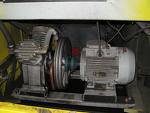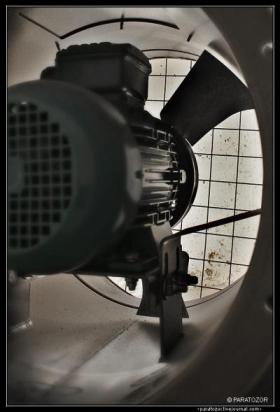Control over the heating temperature of electric motors
 The permissible heating of electric motors depends on the insulation class of the windings. The transition to a higher class of insulation of the electric motor can only be carried out during an overhaul.
The permissible heating of electric motors depends on the insulation class of the windings. The transition to a higher class of insulation of the electric motor can only be carried out during an overhaul.
It is necessary to know that with an increase in the temperature of the windings of electric motors above the permissible values, the life of the insulation is sharply reduced.
The ambient temperature at which the electric motor can operate at rated power is considered to be 40 C. When the ambient temperature rises above 40 degrees C, the load on the electric motor must be reduced so that the temperature of its individual parts does not exceeds the permissible values.
 The maximum permissible temperature increase of the active parts of electric motors and at an ambient temperature of 40 ° C should not exceed: 65 ° C for class A insulation; 80 gr C for class E insulation; 90 gr C for insulation class B; 110 gr C for class G insulation; 135 °C for class H insulation.
The maximum permissible temperature increase of the active parts of electric motors and at an ambient temperature of 40 ° C should not exceed: 65 ° C for class A insulation; 80 gr C for class E insulation; 90 gr C for insulation class B; 110 gr C for class G insulation; 135 °C for class H insulation.
In asynchronous motors, as the supply voltage decreases, the motor shaft power decreases squarely. In addition, a voltage drop below 95% of the nominal voltage leads to a significant increase in motor current and heating its coils… Increasing the voltage above 110% of the nominal also leads to an increase in the current in the motor windings and an increase in the heating of the stator due to eddy currents.
Regardless of the decrease in the temperature of the surrounding air, an increase in the current load by more than 10% of the nominal is not allowed.

